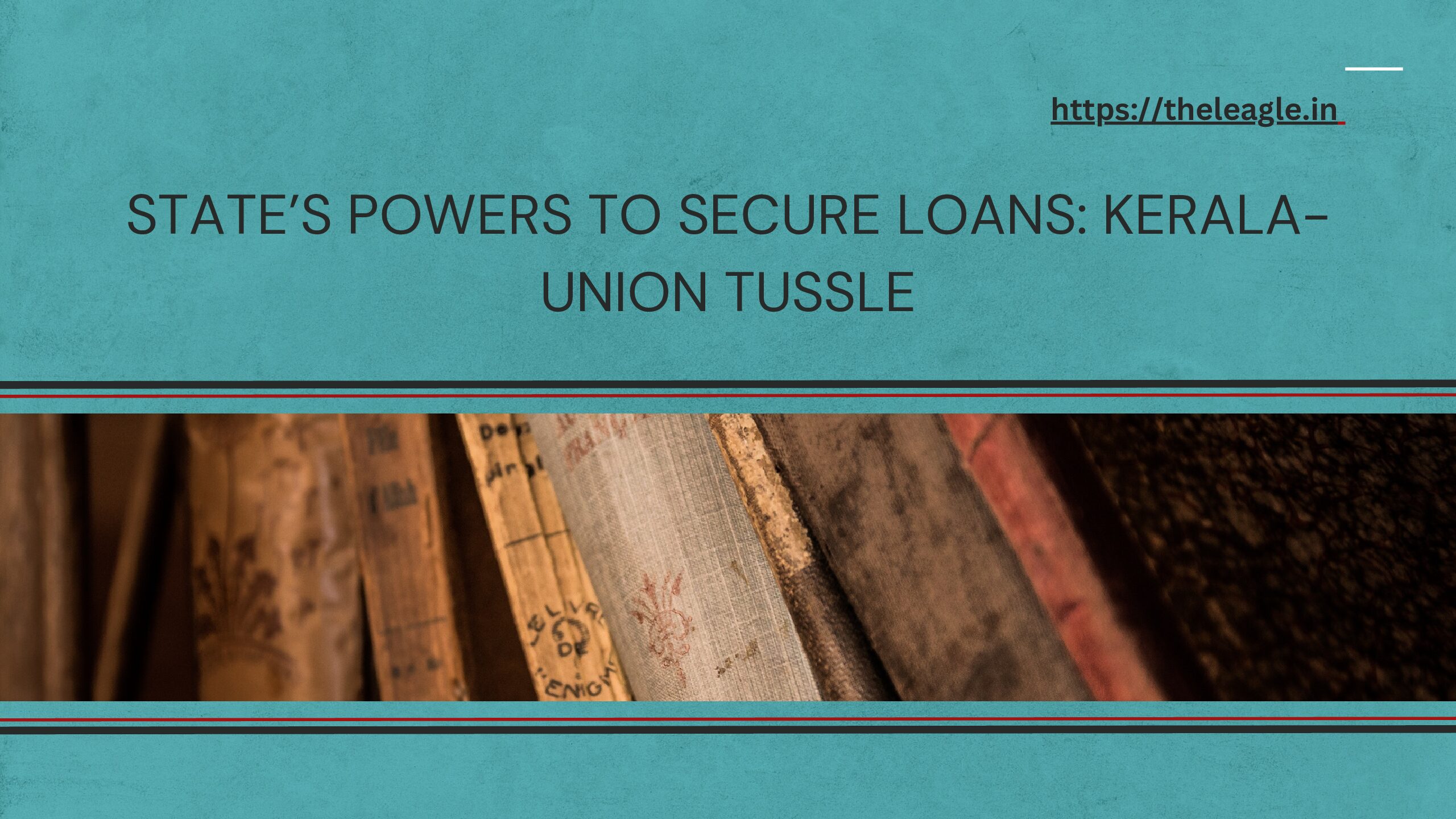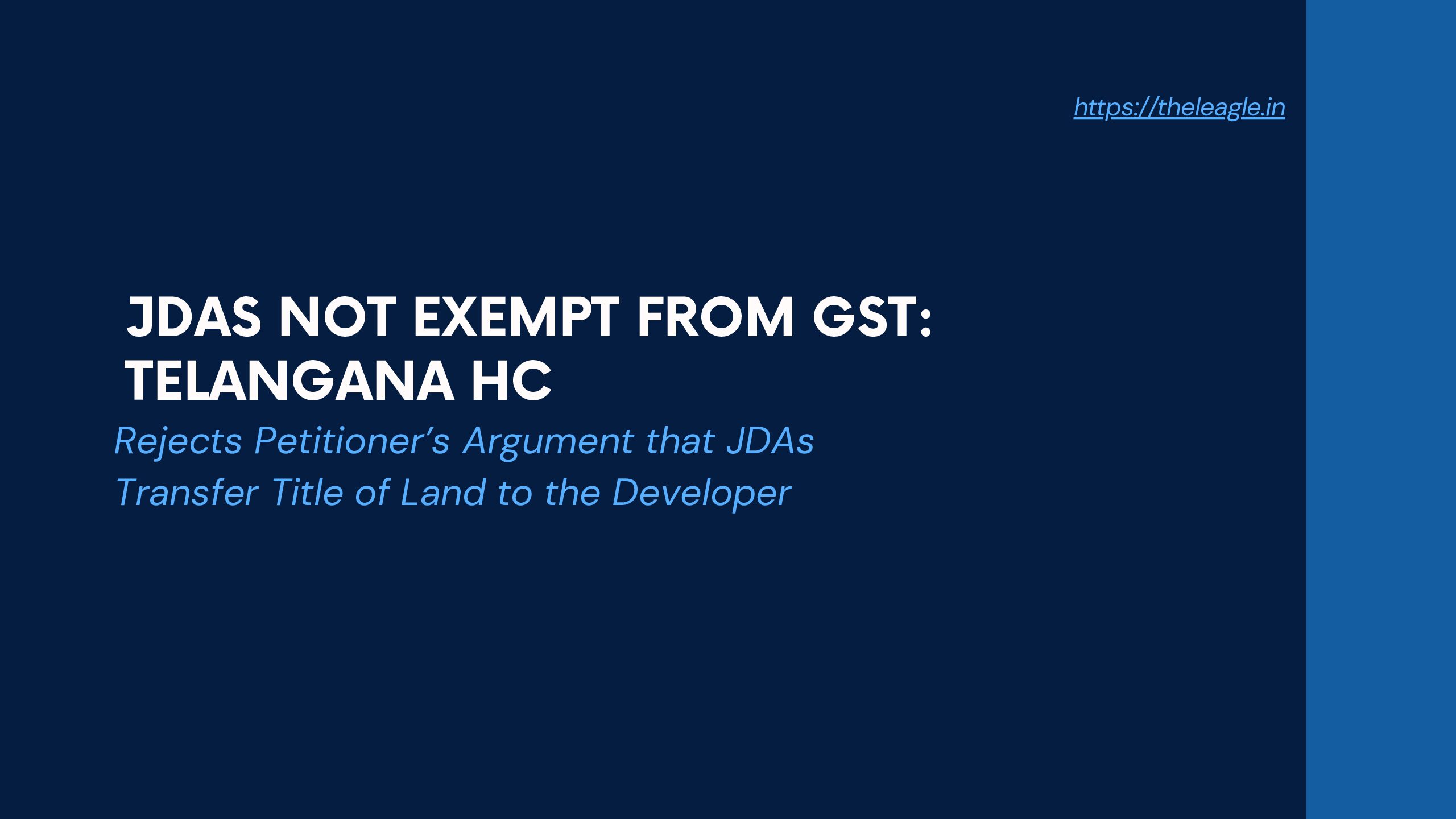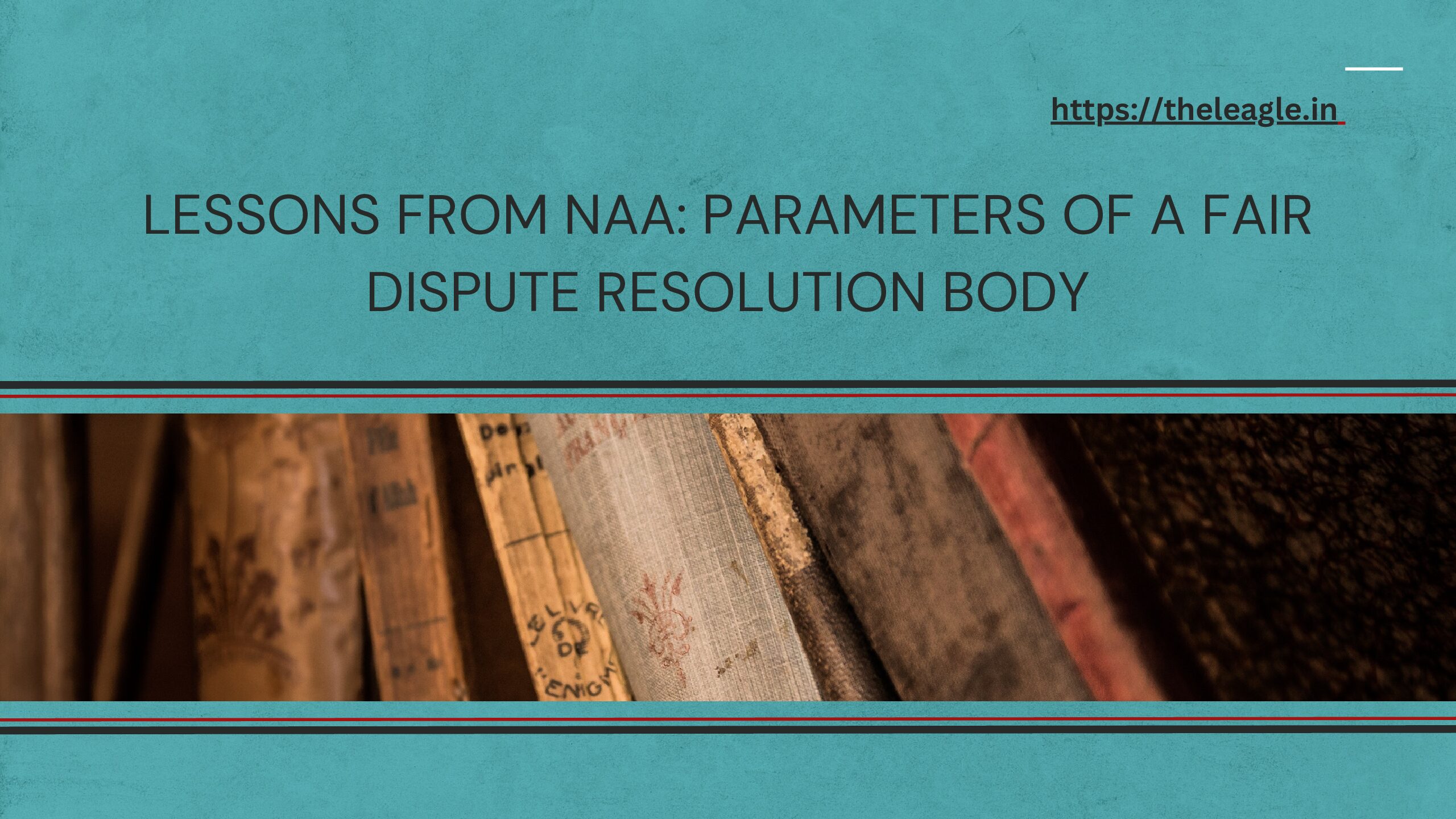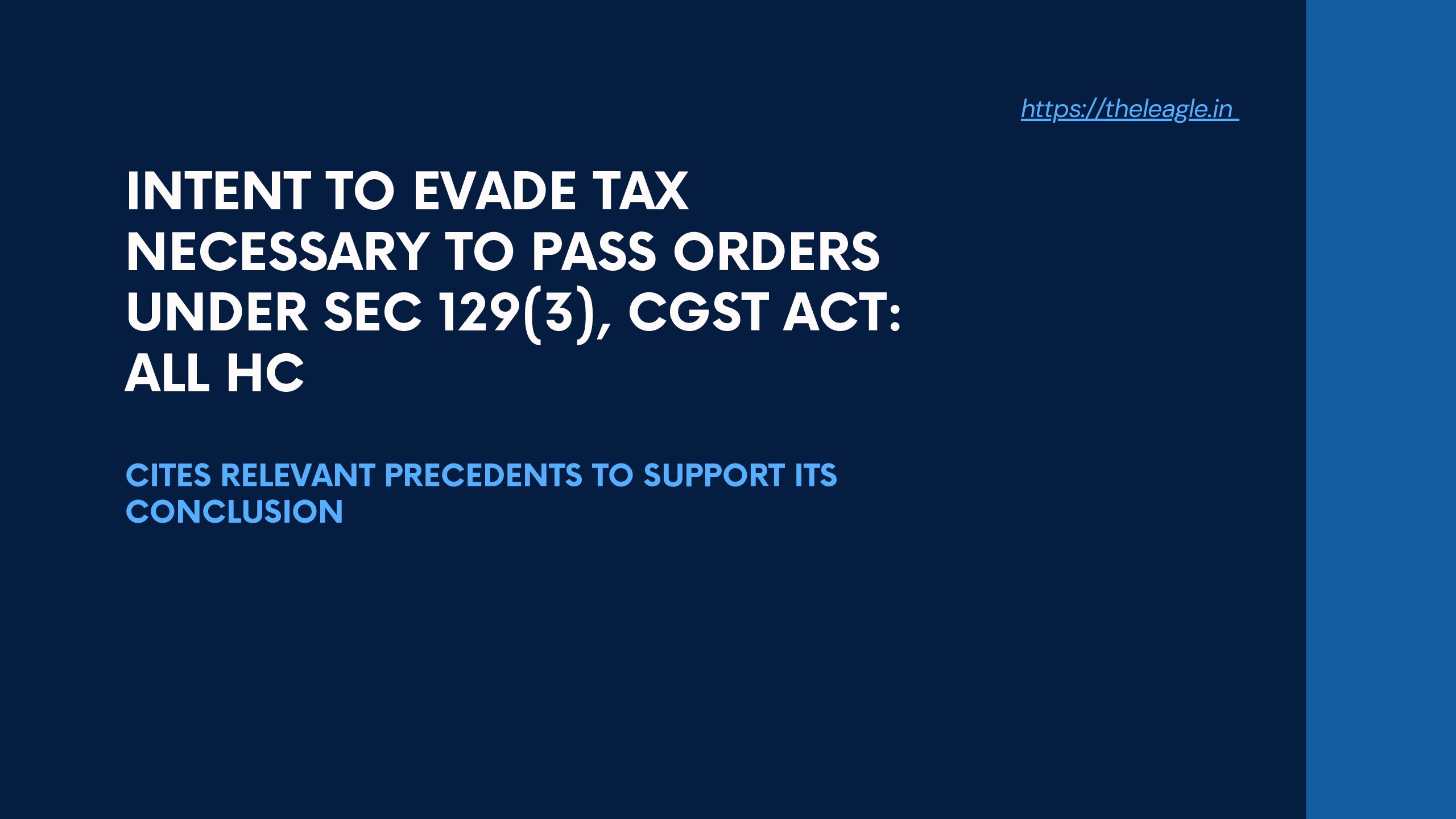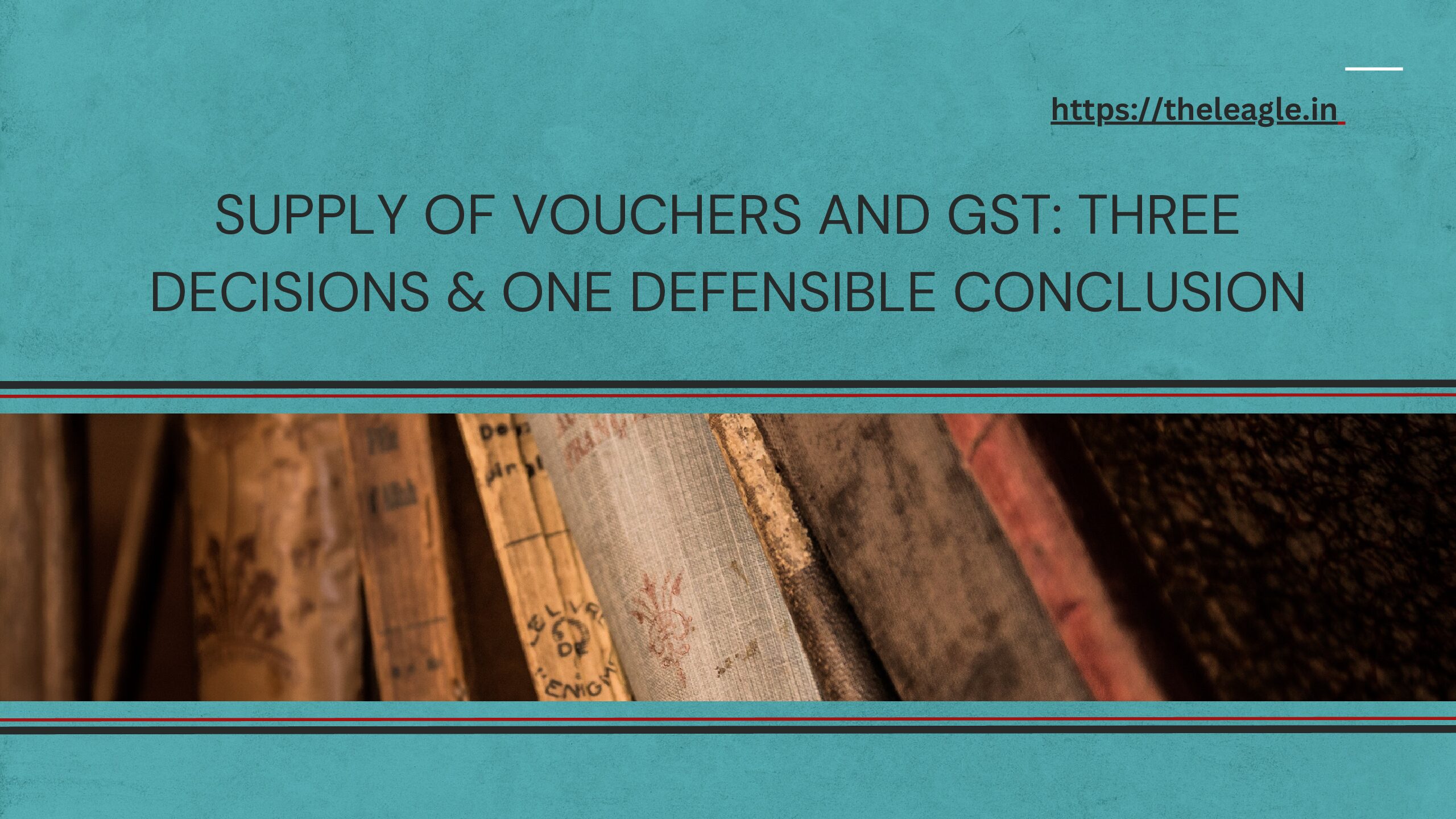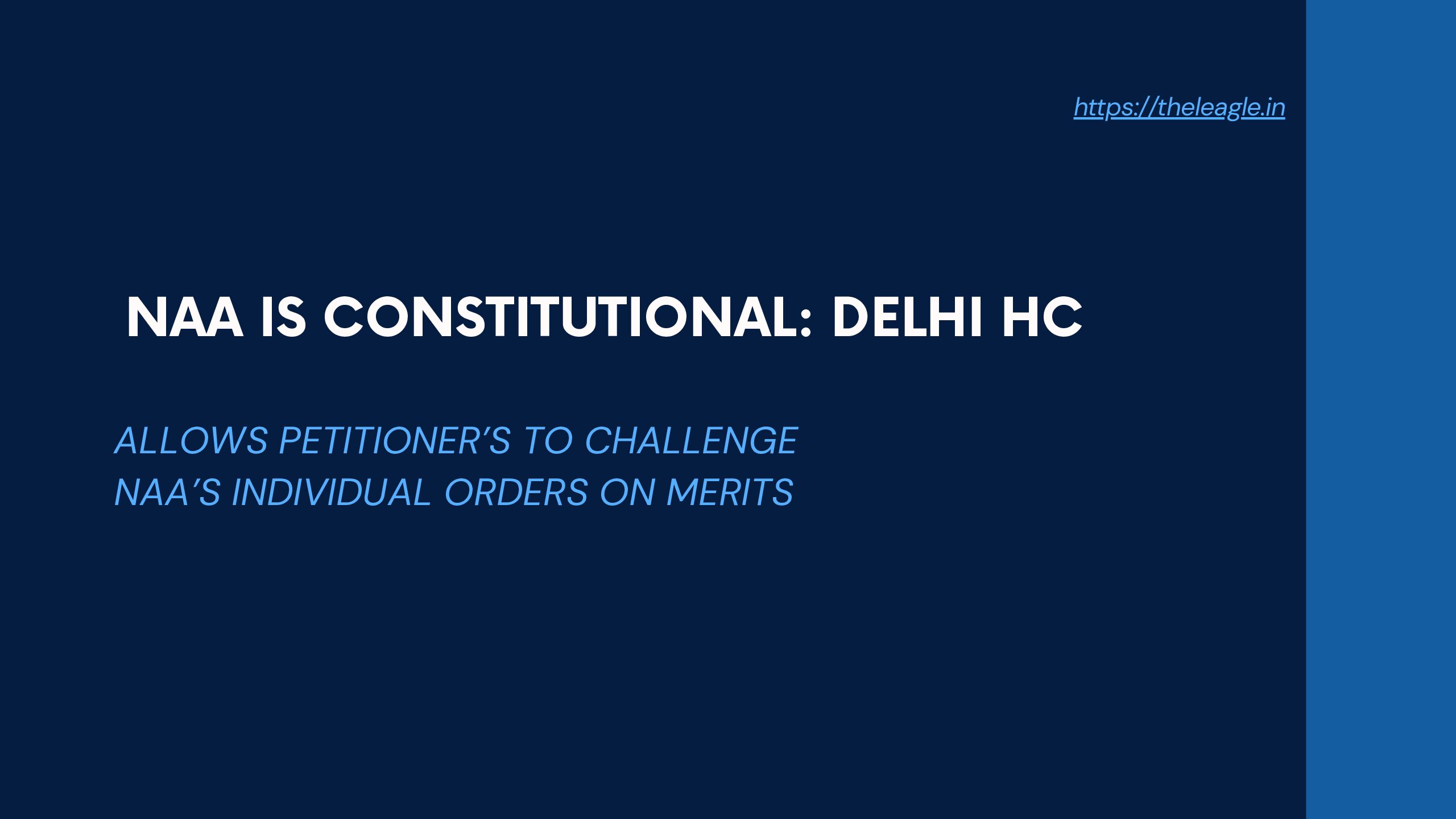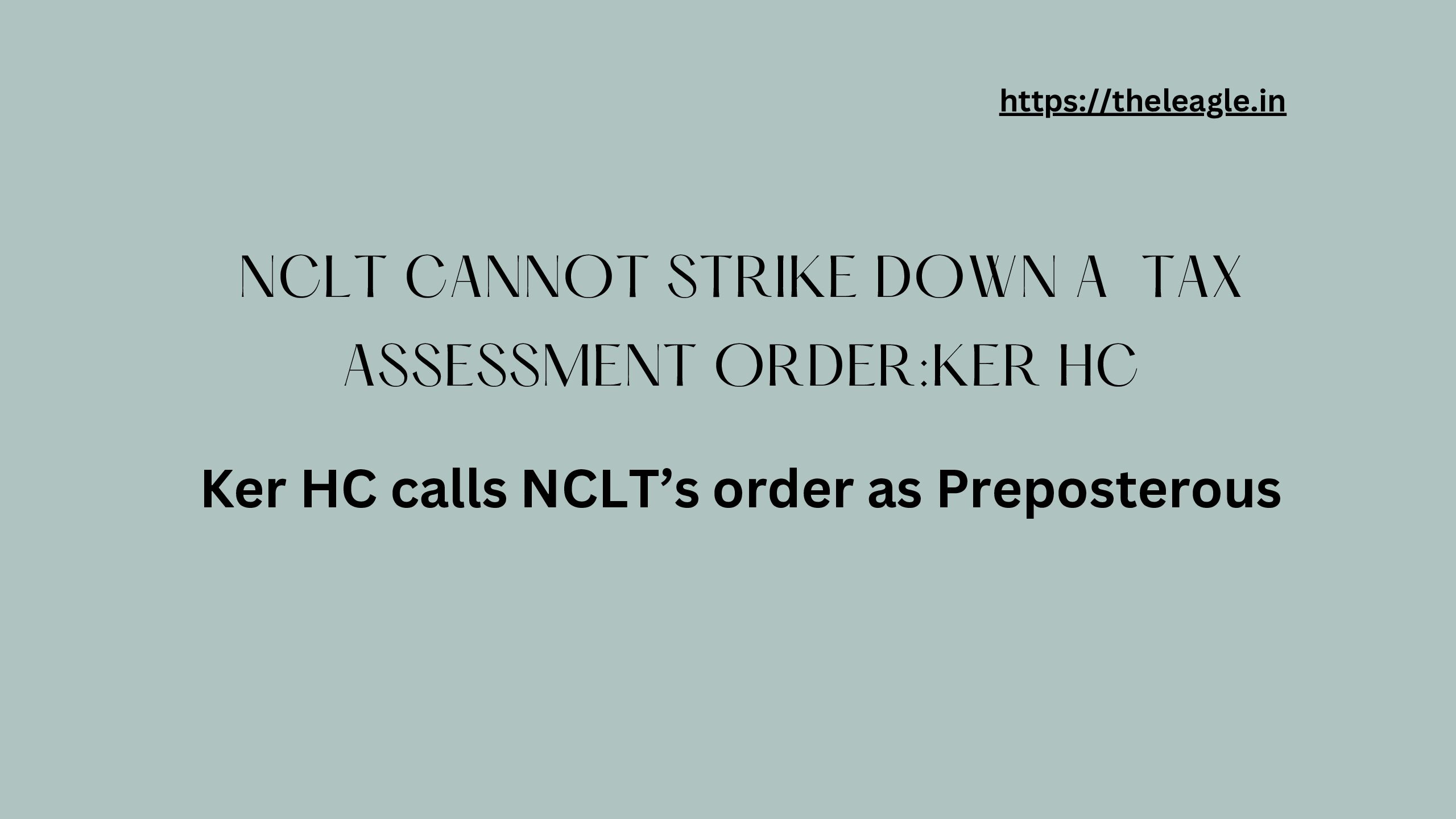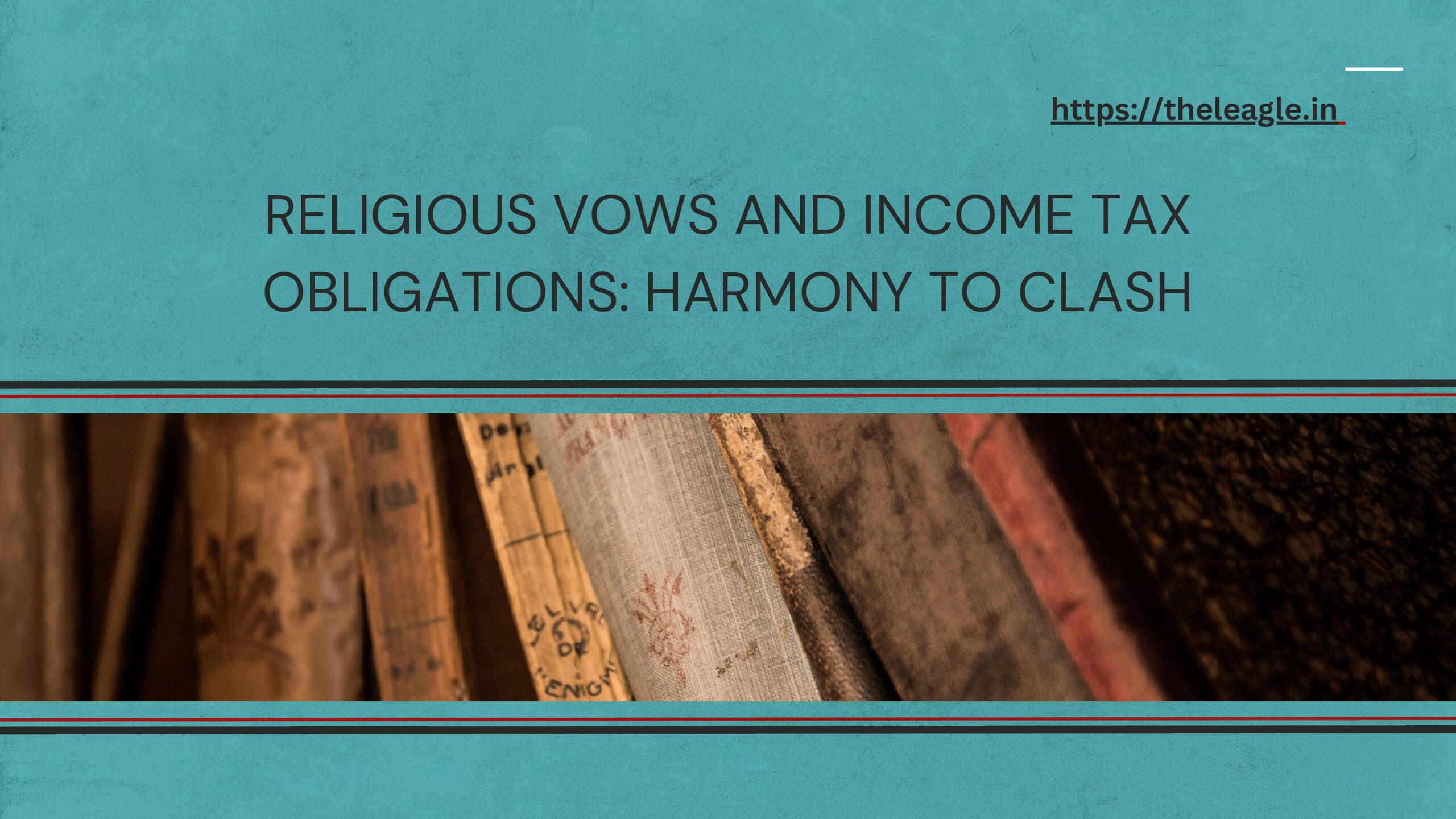The State of Kerala (‘Kerala’) recently filed an original suit against the Union of India (‘Union’) alleging that the latter has interfered with its fiscal autonomy by imposing a ceiling limit on its borrowing powers. The issue has been brewing for a while and Kerala has only recently approached the Supreme Court, which is yet to adjudicate on this issue. Kerala’s suit though brings into focus an important but largely ignored provision of the Constitution, i.e., Article 293. This article is an attempt to understand the provision and the related legal issues in the dispute between Kerala and the Union.
Kerala Alleges Violation of Fiscal Autonomy
Relevant media reports reveal that Kerala has challenged the Union’s amendment to Section 4, Fiscal Responsibility and Budget Management Act, 2003 (‘FRBM’) introduced via Finance Act, 2018. The two relevant amendments made to FRBM in 2018 are: first, amendment of definition of the term ‘general Government debt’ which has been defined to include sum total of debt of Central and State Governments, excluding inter-Governmental liabilities; second, Section 4(1)(b) which inter alia states that the Central Government shall ‘endeavour’ to ensure that the general Government debt does not exceed 60% of GDP by end of the financial year 2024-25. Section 4(1)(b) also states that the Central Government shall endeavour to ensure that the Central Government debt does not exceed 40% of GDP by end of the financial year 2024-25.
The implication of the above amendments is that State debt is included in the definition of ‘general Government debt’ in FRBM even though it is a central legislation. Also, the desirable upper limit of fiscal deficit of all States is 20% of the GDP. As a result of this amendment, State debt levels are not exclusively within their control under State-level FRBMs, but also under the Union-FRBM.
Kerala has challenged the above amendment specifically the amended definition of ‘general Government debt’ whereby State debts have been included in the term. Kerala’s argument is that ‘public debt of the State’ is a matter exclusively within the State’s competence under Entry 43, List II of the Seventh Schedule. By introducing a ceiling limit on the State’s borrowing, the Union is infringing the State’s fiscal autonomy. Kerala is arguing that States have fiscal autonomy to borrow money on the security and guarantee of the Consolidated Fund of the State and have exclusive power to regulate their finances through preparation and management of its budget. Union’s interference in the borrowing powers of States is violation of the fiscal federal structure envisaged under the Constitution.
Mandate of Article 293
Kerala’s challenge also touches Article 293 of the Constitution. Kerala’s arguments, as reported, are that relying on the 2018 amendments to FRBM, the Union imposed an upper ceiling on its borrowing limits. And that in the guise of exercise of its powers under Article 293(3) and 293(4), the Union is curtailing its fiscal autonomy. Two letters seem to have been issued by the Union informing Kerala that in view of the amendments to FRBM in 2018, it cannot borrow additional sums, while Kerala is arguing that it needs the additional money to finance its welfare schemes and pay its pensioners among apart from meeting other essential expenditure needs.
This brings us to the question of what is the scope and nature of the Union’s power under Article 293? Article 293, with the marginal heading ‘Borrowing by States’ provides that:
- Subject to the provisions of this article, the executive power of a State extends to borrowing within the territory of India upon the security of the Consolidated Fund of the State within such limits, if any, as may from time to time be fixed by the Legislature of such State by law and to the giving of guarantees within such limits, if any, as may be so fixed.
- The Government of India may, subject to such conditions as may be laid down by or under any law made by Parliament, make loans to any State or, so long as any limits fixed under article 292 are not exceeded, give guarantees in respect of loans raised by any State, and any sums required for the purpose of making such loans shall be charged on the Consolidated Fund of India.
- A State may not without the consent of the Government of India raise any loan if there is still outstanding any part of a loan which has been made to the State by the Government of India or by its predecessor Government, or in respect of which a guarantee has been given by the Government of India or by its predecessor Government.
- A consent under clause (3) may be granted subject to such conditions, if any, as the Government of India may think fit to impose.
Article 293 is not a novel provision and had a comparable predecessor in the Government of India Act, 1935. However, the scope and implications of Article 293 have not been truly tested in a dispute before Courts. Nonetheless, it is important to examine if some of the arguments put forth by Kerala are a reasonable interpretation of the text of Article 293.
To begin with, Article 293(1) provides complete freedom to the State to borrow money ‘within the territory of India’ and any limits on such powers are imposed by the State legislature by a law. To this end, States, including Kerala, have enacted their own fiscal responsibility statutes – State-level FRBMs – which set targets of the fiscal deficit vis-à-vis the GDP of the State. And in enactment of these laws, Article 293 envisages no role of the Union.
Article 293(2) empowers the Union to extend loans to any State. Also, the Union can extend guarantees in respect of loans raised by any State, subject to satisfaction of the conditions of Article 292 or any law made by the Parliament. In this respect, Article 292 provides that the executive power of the Union extends to borrowing upon the security of Consolidated Fund of India within such limits as may be prescribed by law. And Section 4(1)(c) of FRBM states that the Central Government shall not give guarantees on any loan on the security of the Consolidated Fund of India in excess of one-half per cent of GDP in that financial year. And there is a Guarantee Policy that elaborates the administrative and other aspects of the Union providing guarantees.
Articles 293(3) and 293(4) – central to the dispute – provide the Union powers to interfere with the State’s autonomy to raise money. Article 293(3) states that the Union’s consent is a pre-condition for a State to raise any loan if the loan granted to it by the Union is still outstanding or if the loan in respect of which the Union was a guarantor is outstanding. The Union can intervene in a State’s attempt to raise more money via loans, but only in the two circumstances mentioned above.
Article 293(4), at first glance, seem to offer a wide discretion to the Union as its provides that the Union may grant consent under clause (3) subject by imposing conditions as it ‘may think fit to impose.’ The conditions, if the Union’s response Kerala petition is any indicator, may include macroeconomic stability/financial stability, credit ratings among other related economic considerations. The Union, of course, is responsible for maintaining a stable economic environment at the national level and the Union imposing conditions on State’s borrowing by invoking macroeconomic stability which in turn is influenced by fiscal deficit limits seems to be reasonable. In the absence of any express caveats in Article 293(4), the outer limits of the Union’s discretion will have to be read into the provision. For example, if the conditions imposed by the Union are not unreasonable or arbitrary, they are likely to be within the scope of Article 293(4). At the same time, it is possible to argue that the conditions while reasonable should have a sufficient nexus with the objective of either maintaining or achieving the fiscal deficit targets provided in FRBM- State and Union level. While the outer limits are relatively easier to articulate in abstract and general terms, the true test is applying them to the facts at hand which is easier said than done.
Kerala’s other argument that amendment of Section 4 of FRBM whereby State debts have been included in the definition of ‘general Government debt’ is beyond the Union’s legislative competence is persuasive. The persuasiveness is because public debt of a State is clearly listed in Entry 43, List II and in pursuance of that power the States have enacted their own FRBMs. The Union can of course, claim that the encroachment on State’s public debt is incidental and the pith and substance of the Union-level FRBM is to set limits for the Union’s fiscal deficit. Or in the alternative, Union-level FRBM is aimed to preserve macroeconomic stability and any encroachment on State public debt is incidental. The counter argument is that what the Union cannot do directly it cannot do indirectly. In the guise of legislating for macroeconomic stability and providing fiscal deficit targets for the Union’s debts, it cannot set ceiling limits on State’s borrowing powers and encroach State’s legislative power under Entry 43, List II.
Kerala Finance Minister Interprets Article 293
In a letter dated 22.07.2022, the then Finance Minister of Kerala wrote a letter to the Union Finance Minister expressing displeasure at the Union’s attempt to regulate financial management of the State. The Finance Minister of Kerala stated that Article 293(3) and (4) were only meant to provide the Union power to protect its interest as a creditor and not grant a general power to the Union to oversee the overall borrowing program of the States. While the letter also highlighted the Union’s questionable methods of calculating its debts such as inclusion of debts of instrumentalities of State Government, i.e., statutory bodies and corporations but excluding the public account of the State, I will keep the focus on the Finance Minister of Kerala’s understanding of Article 293.
In the letter, Finance Minister of Kerala argued that the term ‘any loan’ used in Article 293(3) must be interpreted by applying the principle of ‘ejusdem generis’ and can only mean a loan advanced by the Union to States. And that the requirement of obtaining the Union’s consent under Article 293(3) is only for the purpose of protecting the rights of the Union as a creditor. Thereby, the conditions that the Union can impose under Article 293(4) can only be related to the loan for which it issues consent under Article 293(3).
Finance Minister of Kerala places a restrictive interpretation on the Union’s powers under Article 293(3) and (4). While the argument that ‘any loan’ under Article 293(3) should be interpreted to mean loans by the Union to States is interesting, in the absence of any definitive external aid to interpret this provision it cannot be termed as a decisive understanding of the phrase. The restrictive and purposive interpretation of Article 293(3) and (4) by the Finance Minister of Kerala also seeks to ensure that the Union can exercise its power to provide consent and impose conditions only to protect its interests as a creditor for the outstanding loans and not to regulate the financial borrowings of the State in general. For the latter is within the legislative competence and by extension executive power of the State in question. The restrictive interpretation will thus maintain the delicate balance of distribution of legislative powers.
Finance Minister of Kerala also brings into question the legislative competence of the Union to regulate the State’s borrowings. The letter states that the executive power of the Union is co-extensive with its legislative power and since Parliament has no legislative power vis-à-vis Article 293 no executive power can be exercised by the Union under the provision. I think there is another way to look at the legislative and executive powers of the Union vis-à-vis public debt of States: since the Union has no legislative power on public debt of a State, it cannot exercise executive power on the same issue except beyond the confines of Article 293(3) and 293(4). Of course, even in this scenario what is exact scope of Articles 293(3) and 293(4) and the nature and extent of the Union’s powers under these provisions will need to be necessarily determined.
The Argument of Union’s ‘Superior Financial Powers’
Article 293 and the issue of public debt is fairly novel in Indian Constitutional jurisprudence. In such situations, the broader Constitutional design vis-a-vis taxation and financial matters can help understand the extent of Union’s powers under Article 293. As regards taxation, the more lucrative and buoyant tax sources are with the Union though the States bear relatively more administrative responsibilities. Drawing an analogy from division of taxation powers, one of the Union’s initial arguments before the Supreme Court was that the Union is also vested with greater powers in managing finances given its responsibility of promoting macroeconomic stability. The dangers of adopting this interpretive approach are manifold. First, the term ‘macroeconomic stability’ is malleable and all-encompassing and provides wide leeway to the Union. Second, while the greater taxation powers of the Union are evident from the tax-related legislative entries in the Seventh Schedule and GST-related provisions, the case for the Union possessing greater financial powers rests on a contextual reading of the relevant Constitutional provisions. Greater emphasis needs to given to legislative competence of States over their public debts vis-à-vis the Union’s powers under Article 293(3) and 293(4). As far as possible, the division of financial powers need to be understood and interpreted on their own terms. If the Constitutional design on taxation powers becomes the springboard for interpreting the financial powers in a similar manner, States will have to contend with the Union imposing strict conditions before raising loans and more intrusive scrutiny of their borrowing powers.
Conclusion
Kerala has raised important Constitutional and legal questions through its petition and its satisfactory resolution will require, among other things, an adept understanding of the Constitutional design and importance of finances in the Union-State relations. Majority of fiscal federalism discussions in India have centred around the devolution of taxation powers with little to no attention to the borrowing powers. Even though successive Finance Commissions have dealt with the subject they have not opined specifically on the scope and meaning of Article 293. The distribution of financial powers especially relating to borrowings has never been truly discussed in a meaningful manner nor has it been tested before Courts. It is possible that the Union and Kerala may resolve this disagreement outside the Court, but irrespective the latter’s petition presents interesting questions that may throw equally interesting or surprising answers.
